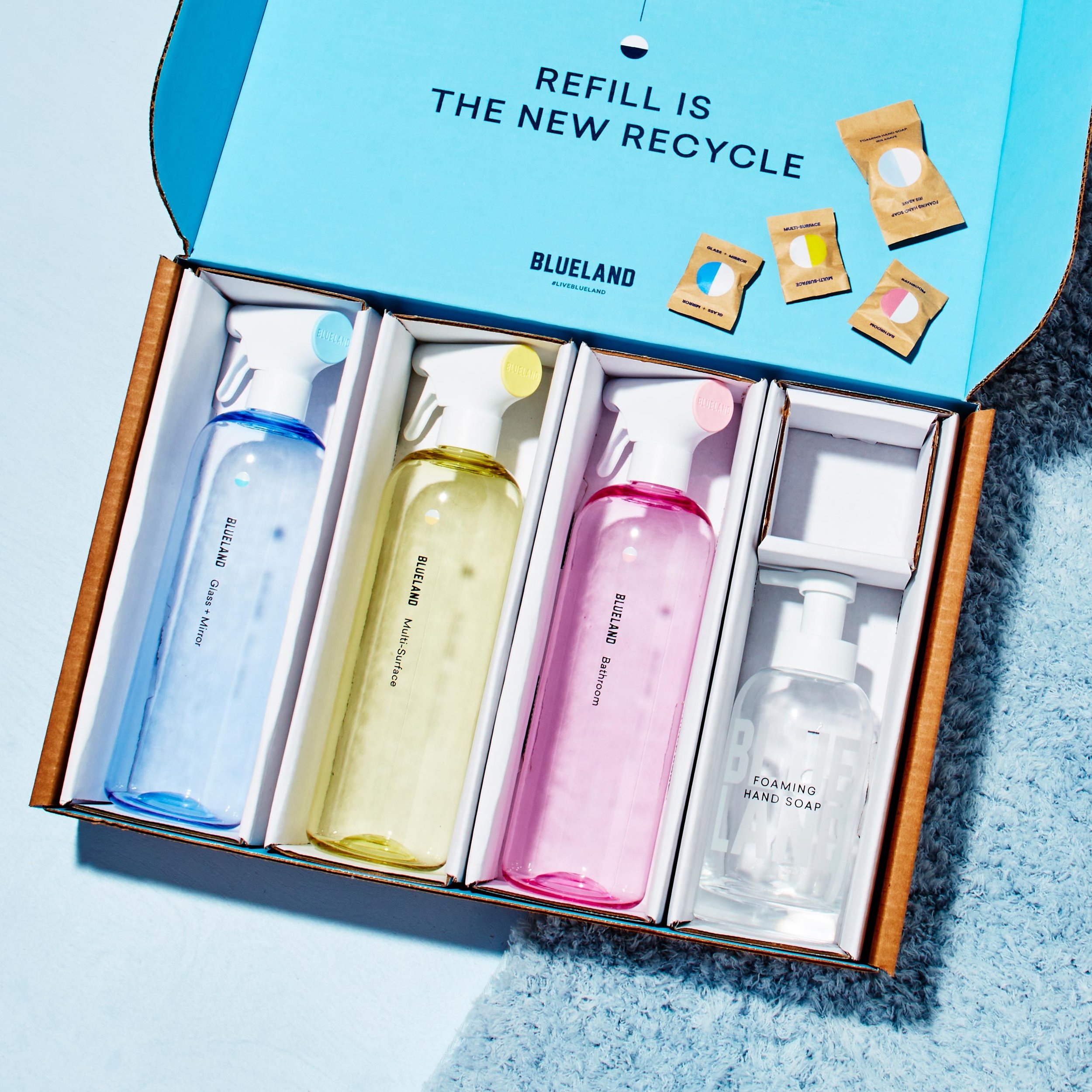Aimless social media scrolling has become an unavoidable byproduct of this digital age. And even though it’s probably a strange habit you’ve tried to break, it’s a great way to learn about novel and unique products. Maybe you’ve even scrolled your way to ads for some niche products like Magic Spoon, a decidedly adult cereal that’s keto-friendly and is high protein and low sugar. Such is the state of branding today: differentiate or sink.
But it hasn’t always been this way. Branding in the 50s was directed toward a post-World War II crowd newly wooed by the wiles of mass consumerism. In today’s busy world with numerous competing brands and many avenues to reach consumers and make sales, the act of buying and selling have evolved unrecognizably. For the whys and hows of the shifts in branding, read on.
Consumer Behavior Then
Branding in the 1950s was based around the premise that every purchase was a way to earn your way to the ultimate prosperous American life. This meant investing in flashy items that helped innovate daily modern living, like cars, TVs, and fridges. Although they were big purchases, the consumer hoped to invest in goods that would last a long time. With the growth of the suburb as well as a recovering economy, Americans were investing in a comfortable, elevated everyday home life through innovative products (e.g., pocket-sized radios, comfortable shoe soles, and plastic dinnerware sets). Their spending represented their desire to support a sense of family and home, showing off their suburban pride.
Consumer Behavior Now
The modern-day consumer looks for brands that address big-picture or societal problems and speak directly to their lifestyle. Thriving trends in branding like subscription boxes, niche products, and monthly renewal services and products are all a result of the wealth of direct-to-consumer brands in today’s world. Smart companies like Myro and Blueland combine the best of all worlds, offering refillable bath and cleaning products shipped to you regularly via a subscription. As a contrast to the 50s, many brands address values and ethics, like diversity & inclusion, animal cruelty, or fair trade. Sustainability in particular has become an important pillar of modern brands, as consumers search for products that speak to their beliefs and lifestyle. The explosive success of companies like Imperfect Foods demonstrates the change in the trends in branding, and the types of products and services consumers value now (sustainability, efficiency, and a lifestyle associated with such a product or service).
Trends in Branding Then
As the wave of American consumerism crescendoed in the 50s, branding followed suit, mostly in the form of TV ads and billboards. Because there were not as many companies producing the same product, there was less of a need for distinction and differentiation than today. This resulted in trends in branding that appealed to the general public rather than a specific target audience. The mode of ad distribution mattered too. Tt wasn’t possible to gather much data or target specific audiences with the main avenues of advertising, such as TV and billboards. Product functions and features were the selling points here: cigarettes that tasted great, soda that quenched your thirst, and the wide variety of jello flavors. In addition, Americans were coming out of a war and economic depression through joint effort. This, along with a suburban spirit, meant ads centered around an “us” identity, rather than a distinct one. Brand concepts were sparse, as were targeted ads for niche markets.
Trends in Branding Now
While consumers today still want goods and services with high-quality functions and features, purchasing decisions aren’t that simple in the modern times. With the development of technology and a saturated market, the modern consumer is bombarded with clashing brands all the time. Companies must turn to thoughtful branding. Successful companies must harness the power of data and consider customer interests through the available data. What problems do they want solved? Which products are they searching for? What social media accounts are they following?
In addition, today’s branding addresses issues larger than just the product. Today’s consumers want to know not only that the product will work the way it was promised to, but also that the company producing it is an ethical one that makes sustainable decisions and stands for values that align with their own. They want relatability, and a clear personality with which they can identify. Today, a cohesive brand identity, a clear mission, and a relatable story of how the brand was founded create communities. And those communities foster a sense of belonging. If you were wondering why Red Bull has a record label, magazine, extreme sports sponsorships, YouTube channel, electronic music school, and more, it’s because they are busy creating multiple relevant touch points that build an entire ecosystem.
The Takeaway
The 50s were a time of big ideas: the hula hoop, I Love Lucy, and the credit card, to name a few. But playing up product features to a vague audience is a trend that you can leave in the past. With the saturated market and the ever-changing waves of technology, it’s all about differentiating and creating a community around your clear identity.
Anastasia Salazar Ltd. is an independent design studio for tailored branding and digital designs. Reach out to learn how we can help you fuel growth and maximize your brand’s impact.




